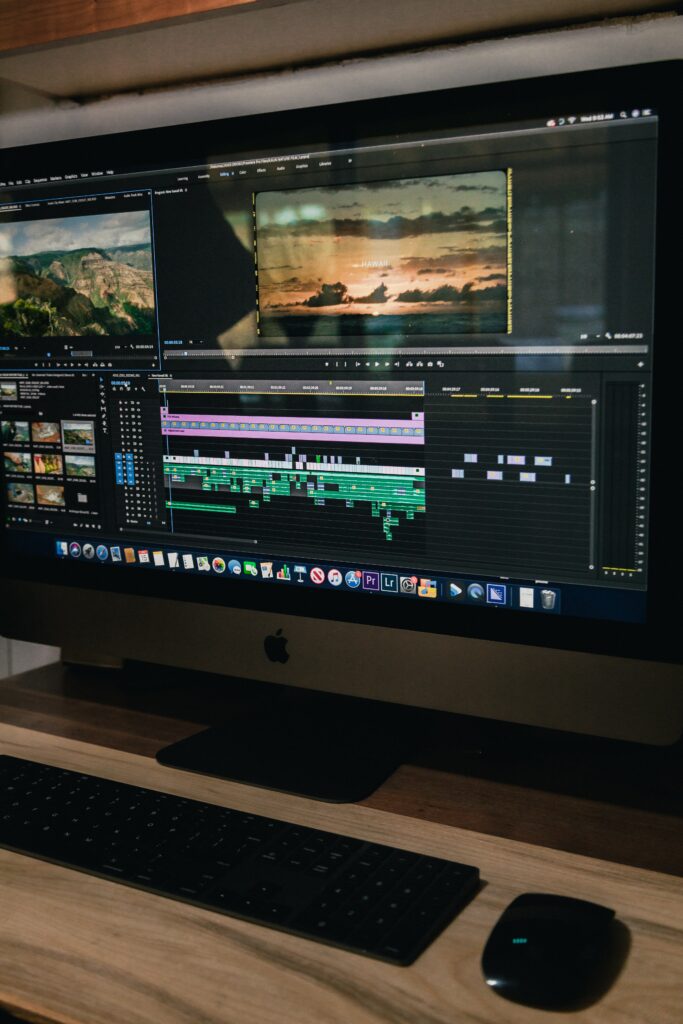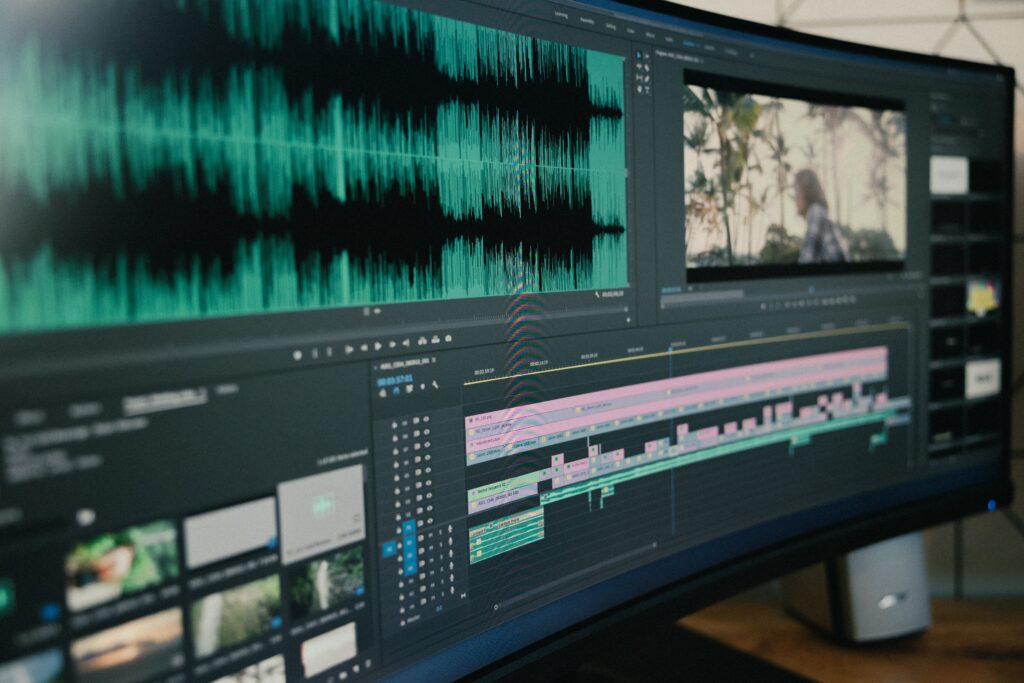Video and Audio Editing as Learning Tools
Using video and audio editing tools as mediums for assignments can open up many doors for bringing creativity into the classroom. Although it may require a bit of additional set-up, the payoff of these tools can greatly benefit students who may be able to present their knowledge more clearly when not completing things such as written assignments. With the wide availability of technology in schools today, these audio and video editing skills can be introduced early on and built on as the students grow and technology evolves. For example, rather than asking your students to write an essay on a topic, you could ask them to record a podcast on the topic. Depending on their level, you could give them certain criteria to follow and certain things that they have to add when editing. This could include requiring them to add audio clips, music, sound effects, or any other thing that would require them to work on their editing skills. You could also have students create short videos to demonstrate their knowledge. Skits have been used in classrooms before, but some students may find these live performances to be anxiety-inducing. Allowing students to create videos that they are able to edit would help reduce this stress, giving students the opportunities to do multiple takes, put videos together, and remove any parts that they feel don’t work well. The flexibility of these opportunities can make them all the more engaging for students, allowing their creativity to flow in whatever way they feel suits them best.

Multimedia Learning Theory
Multimedia Learning Theory emphasizes the importance of presenting information in a variety of ways, not just as a block of text. Using this in instructional videos and tutorials can present students with a more comprehensive guide of the material they are learning. If an instructional video is just a person talking, with no visuals to guide them, it can be difficult for students to focus on and digest the information being presented to them. Including graphics and other modes of presenting the material can make the tutorial or instructional video much more engaging and easier to follow, as it allows students who learn in different ways to have options of how they are viewing the material. There may be students who just need to focus on the audio and what is being said, while others may learn the most from the visual aspect, using the graphics to learn and remember the information. Making instructional videos interactive with tools such as H5P can also help students stay engaged by giving them opportunities to check their knowledge and see what they are retaining.

Sample H5P Video
Hi Anaïs, I love your perspective on technology in the classroom. I think that creating a podcast is such an engaging and interactive idea. As podcasts become more and more popular, their use in classrooms is extremely relevant to society, making them an appealing project to students in intermediate grade levels. I also agree with what you said about letting technology become a creative space for students instead of an anxiety inducing exercise. As technology isn’t always a familiar tool for everyone, it can be quite stressful for some to familiarize themselves with it. Therefore, as teachers we must ensure that we use the most accessible forms of technology to allow creativity to stay at the forefront.